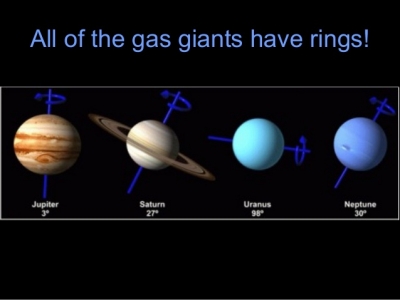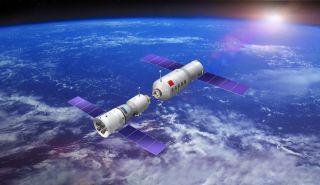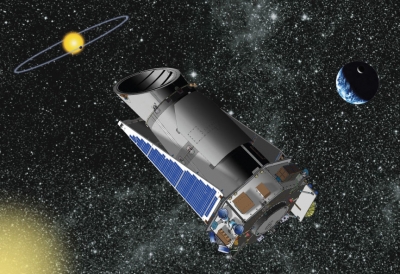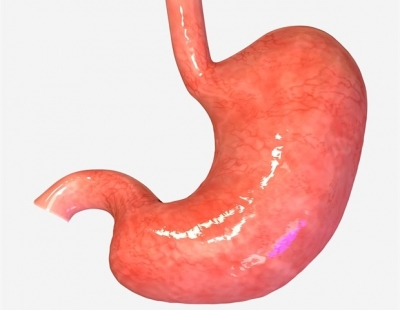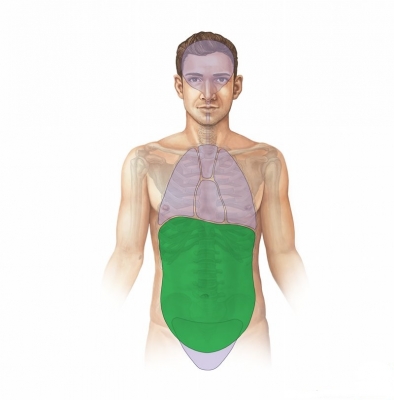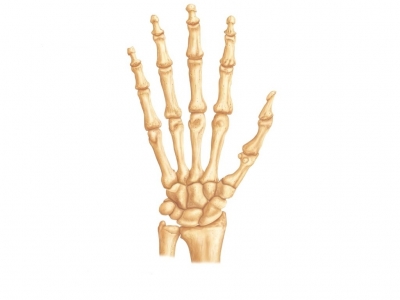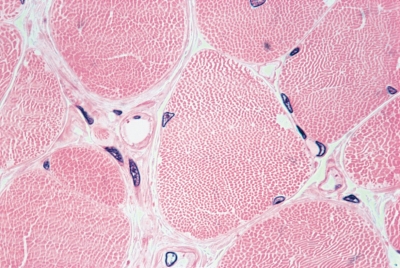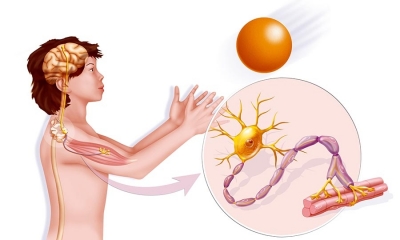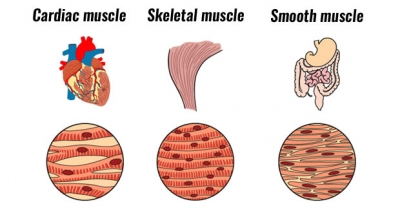Which organisation is responsible for naming constellations?

The International Astronomical Union (IAU) is the only internationally recognized authority for assigning astronomical designations to celestial objects and surface features on them. The purpose of this is to ensure that names assigned are unambiguous. There have been many historical star catalogues, and new star catalogues are set up on a regular basis as new sky surveys are performed. All designations of objects in recent star catalogues start with an "initialism", which is kept globally unique by the IAU. Different star catalogues then have different naming conventions for what goes after the initialism, but modern catalogs tend to follow a set of generic rules for the data formats used.
The International Astronomical Union (IAU) is the officially recognized authority in astronomy for assigning designations to celestial bodies such as stars, planets, and minor planets, including any surface features on them. In response to the need for unambiguous names for astronomical objects, it has created a number of systematic naming systems for objects of various sorts.
Picture Credit : Google
